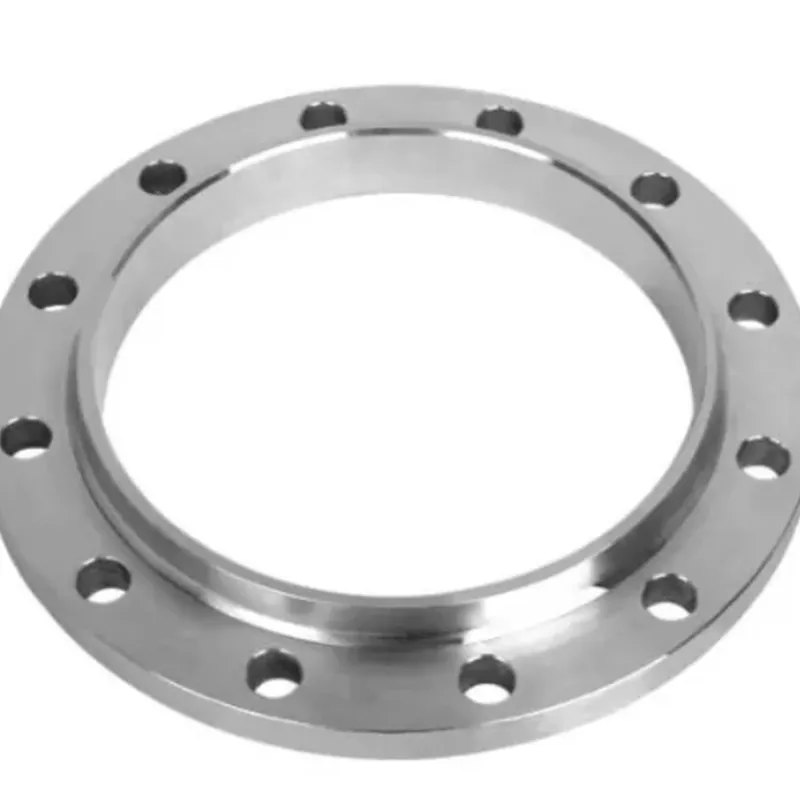-
Cangzhou Yulong Steel Co., Ltd.
-
Phone:
+86 13303177267 -
Email:
admin@ylsteelfittings.com
- English
- Arabic
- Italian
- Spanish
- Portuguese
- German
- kazakh
- Persian
- Greek
- French
- Russian
- Polish
- Thai
- Indonesian
- Vietnamese
- Zulu
- Korean
- Uzbek
- Hindi
- Serbian
- Malay
- Ukrainian
- Gujarati
- Haitian Creole
- hausa
- hawaiian
- Hebrew
- Miao
- Hungarian
- Icelandic
- igbo
- irish
- Japanese
- Javanese
- Kannada
- Khmer
- Rwandese
- Afrikaans
- Albanian
- Amharic
- Armenian
- Azerbaijani
- Basque
- Belarusian
- Bengali
- Bosnian
- Bulgarian
- Catalan
- Cebuano
- China
- China (Taiwan)
- Corsican
- Croatian
- Czech
- Danish
- Esperanto
- Estonian
- Finnish
- Frisian
- Galician
- Georgian
- Kurdish
- Kyrgyz
- Lao
- Latin
- Latvian
- Lithuanian
- Luxembourgish
- Macedonian
- Malgashi
- Malayalam
- Maltese
- Maori
- Marathi
- Mongolian
- Myanmar
- Nepali
- Norwegian
- Norwegian
- Occitan
- Pashto
- Dutch
- Punjabi
- Romanian
- Samoan
- Scottish Gaelic
- Sesotho
- Shona
- Sindhi
- Sinhala
- Slovak
- Slovenian
- Somali
- Sundanese
- Swahili
- Swedish
- Tagalog
- Tajik
- Tamil
- Tatar
- Telugu
- Turkish
- Turkmen
- Urdu
- Uighur
- Welsh
- Bantu
- Yiddish
- Yoruba

Dec . 07, 2024 13:28 Back to list
api 5l specification for line pipe
API 5L Specification for Line Pipe An Overview
The API 5L specification is a critical standard set by the American Petroleum Institute (API) that governs the manufacturing and quality assurance of line pipes used in the oil and natural gas industries. Line pipes are essential components for transporting hydrocarbons from production sites to processing facilities and end-users. The API 5L standard covers various aspects, including the material requirements, manufacturing processes, testing methods, and overall quality assurance to ensure safety, reliability, and efficiency in pipeline operations.
Historical Context
The origin of the API 5L specification dates back to 1923 when it was adopted to provide a standardized approach to pipeline construction and operation. Over the years, the specification has evolved to keep pace with advancing technology, increased demand for energy resources, and growing concerns about environmental impacts. Continuous revisions ensure that the standard addresses current industry practices, material innovations, and safety regulations.
Scope of API 5L
The API 5L specification outlines the requirements for the manufacturing of seamless and welded steel line pipes. These pipes are categorized by their intended use, ranging from low-pressure transmission to high-strength applications in harsh environments. The specification includes several grades, each defined by specific mechanical properties, chemical compositions, and testing criteria. Commonly used grades include X42, X52, X60, X65, and X70, with increasing strength and material properties as the grades ascend.
Material Composition
One of the key aspects of the API 5L specification is its emphasis on the chemical composition of the steel used in line pipes. The specification mandates certain limits on elements such as carbon, manganese, phosphorus, sulfur, and silicon. These standards ensure that the steel achieves the desired mechanical properties, including yield strength, tensile strength, and ductility. The inclusion of alloying elements further enhances the performance of the materials in diverse operational conditions, such as harsh weather, high pressure, and corrosive substances.
api 5l specification for line pipe

Manufacturing Processes
API 5L specifies various manufacturing processes for producing line pipes. These include both seamless and welded methods, where the choice of process often depends on pipe size, application, and cost considerations. Seamless pipes are produced through extrusion or rotary piercing, offering superior strength and reliability, while welded pipes are manufactured by rolling flat steel plates and welding the edges together. The specification outlines rigorous quality control measures throughout the manufacturing process to monitor dimensional tolerances, surface quality, and overall integrity.
Testing and Quality Assurance
To ensure the safety and durability of line pipes, the API 5L specification details a comprehensive testing regime. This includes non-destructive testing (NDT) methods, such as ultrasonic testing and radiographic inspection, which help identify defects that could compromise pipe integrity. Additionally, each pipe is subjected to hydrostatic testing to verify strength under pressure. The API also mandates that manufacturers implement quality management systems to ensure consistent compliance with the standard throughout the production cycle.
Applications and Importance
The significance of API 5L line pipes cannot be overstated, as they play a vital role in the global energy supply chain. These pipes are employed in various applications, including the transportation of oil, natural gas, and other hydrocarbons, as well as in water supply systems and other industrial applications. Their reliability ensures uninterrupted service, making them crucial to energy security.
Conclusion
The API 5L specification for line pipe is a cornerstone of modern pipeline construction and operation. It not only sets high standards for material quality and manufacturing practices but also enhances safety and environmental stewardship in the oil and gas industry. As the demand for energy continues to grow, adhering to the API 5L standards remains essential for maintaining the integrity and reliability of pipeline infrastructure. Ongoing efforts to update the specification will ensure that it meets future challenges and technological advancements, securing a sustainable energy future for all.
Latest news
-
ANSI 150P SS304 SO FLANGE
NewsFeb.14,2025
-
ASTM A333GR6 STEEL PIPE
NewsJan.20,2025
-
ANSI B16.5 WELDING NECK FLANGE
NewsJan.15,2026
-
ANSI B16.5 SLIP-ON FLANGE
NewsApr.19,2024
-
SABS 1123 FLANGE
NewsJan.15,2025
-
DIN86044 PLATE FLANGE
NewsApr.19,2024
-
DIN2527 BLIND FLANGE
NewsApr.12,2024
-
JIS B2311 Butt-Welding Fittings LR/SR 45°/90° /180°Seamless/Weld
NewsApr.23,2024











